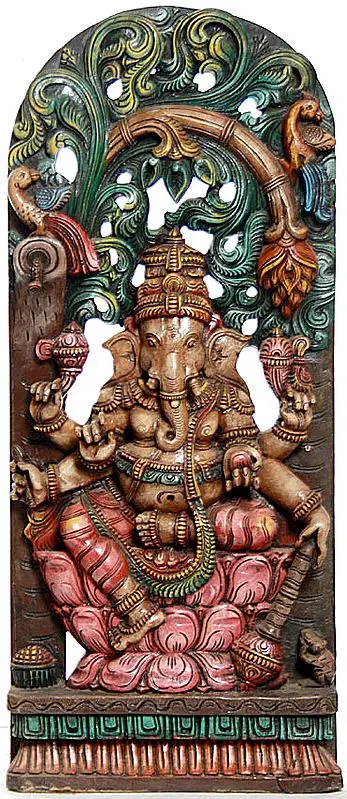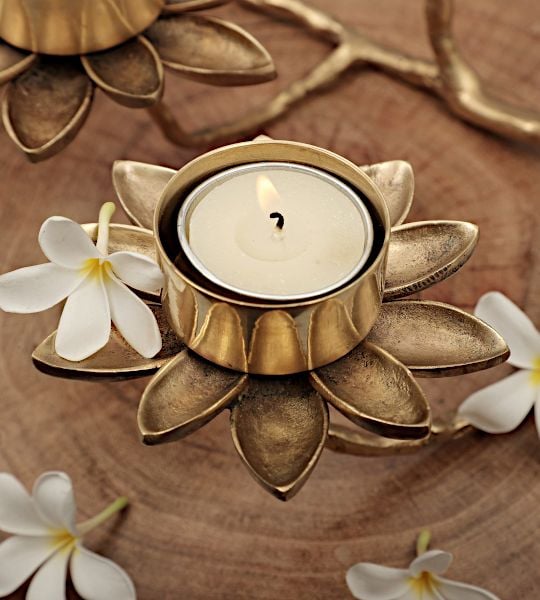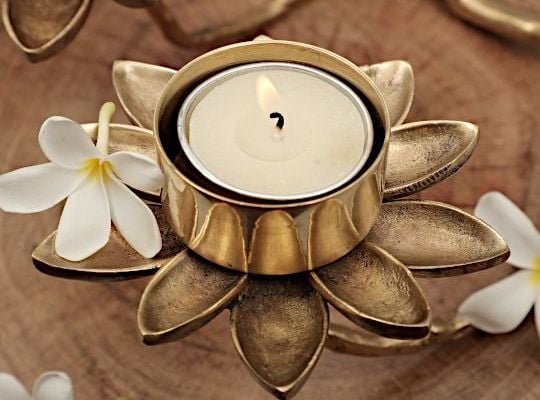Kamalasana Ganesha
| Item Code: | RY97 |
| Specifications: |
South Indian Temple Wood Carving
|
| Height: | 35.5 inch |
| Width: | 15 inch |
| Depth: | 3.5 inch |
| Weight: | 10 kg |
With inclusion of some of the significant Vaishnava elements : mace, lotus and crown, this exceptionally cute and colourfully conceived image of Lord Ganesha presents a delightful blend of two traditions, the Vaishnavite and Shaivite. A towering crown, usually multi-tiered, often associated with Vishnu in consideration of his regal position, is as much an essential, and perhaps more natural and aesthetically strong feature of the Ganapati iconography. In Ganapati images a spiral crown with graded rise also has an aesthetic aspect. With its upwards rise and great splendour it aptly balances his downwards descending massive trunk. A bald-headed elephant trunk planted on a human torso would be aesthetically a weak image.
A formal lotus seat comprising stylized lotus motifs is also associated with a number of classical forms of Lord Ganesha; however a lotus flower affording him a seat in its realistic form as here in this statue is more widely a feature of the iconography of Lakshmi, Lord Vishnu’s consort. Only in his manifestation as Sankatahara Ganapati Lord Ganesha has been conceived as seated on a lotus flower. In this statue he is seated on a thousand-petalled lotus so prominent that it appears to be a row of two or more flowers. Mace is a new addition in the attributes that Lord Ganesha carried. The form, a half quadrangle which emerges, creates a pleasant geometry. This synthesis of two sets, and thus, of two sectarian lines, was not casual. From around seventh-eighth centuries Lord Ganesha, though Shiva’s son, was the model of sectarian synthesis of Vaishnava and Shaiva sects. He enjoyed equal reverence in Jain and Buddhist pantheons too.
This statue of Lord Ganesha does not adhere in its exactness to a specific class of his images as early texts elaborated; however, a sublime image pursuing best of classical models and iconographic standards set in early Puranas for figural anatomy, body-colour, profile and posture, and divinity that it breathes, it reveals a rare feeling of classicism. The image’s gold-like lustrous complexion, six arms, set of attributes carried in them, style of trunk, ears, ensemble and ornaments and sitting posture, all have behind them centuries’ long traditions. It is a form which eyes love to see, though scripts do not have a class to put it into, perhaps because it is a class by itself.
This description by Prof. P.C. Jain and Dr. Daljeet. Prof. Jain specializes on the aesthetics of literature and is the author of numerous books on Indian art and culture. Dr. Daljeet is the curator of the Miniature Painting Gallery, National Museum, New Delhi. They have both collaborated together on a number of books.
 to all international destinations within 3 to 5 days, fully insured.
to all international destinations within 3 to 5 days, fully insured.Sculpting Serenity: Unveiling the Art of Crafting Wood Statues
1. Selecting the right wood
The process of wood carving begins with selecting a chunk of wood that is required according to the type and shape of the statue to be created by the sculptor. Both hardwoods and softwoods are used for making artistic pieces, however, hardwoods are preferred more than softer woods because of their durability and longevity. But if heavy detailing is to be done on the statue, wood with fine grain would be needed as it would be difficult to work with hardwood.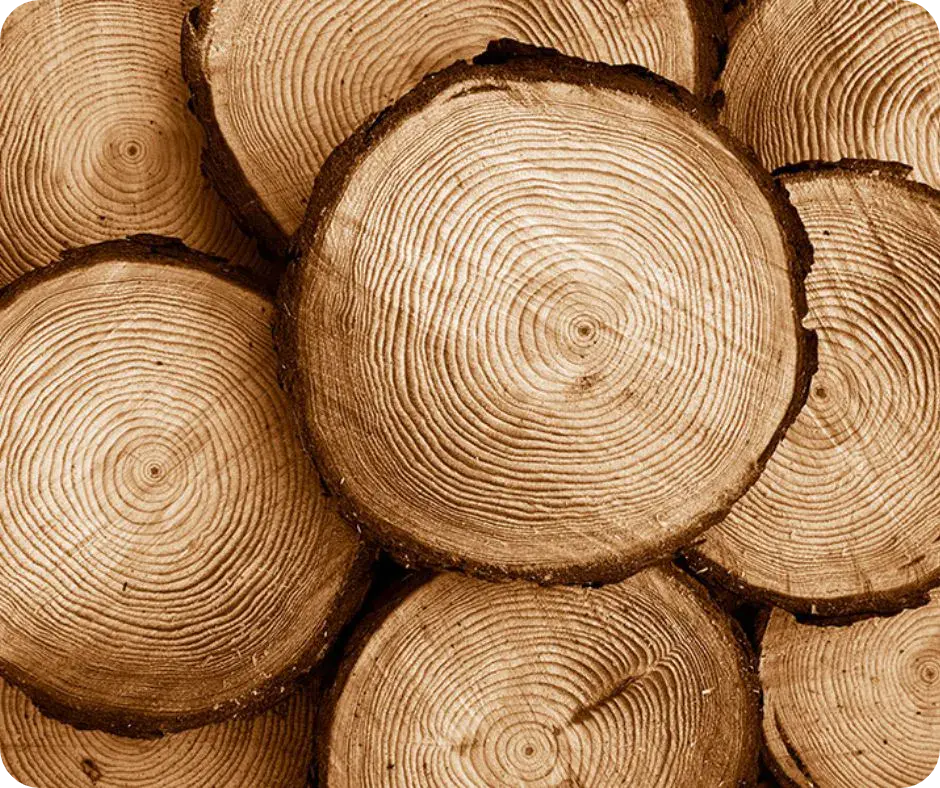
2. Shaping the wood
Once the wood type is selected, the wood carver begins the general shaping process using gouges of various sizes. A gouge is a tool having a curved cutting edge which is useful in removing large unwanted portions of wood easily without splitting the wood. The sculptor always carves the wood across the grain of the wood and not against it.
3. Adding detailing
When a refined shape of the statue is obtained, it is time for making details on the statue using different tools. This is achieved by using tools such as a veiner to make and a V-tool to create decorative and sharp cuts.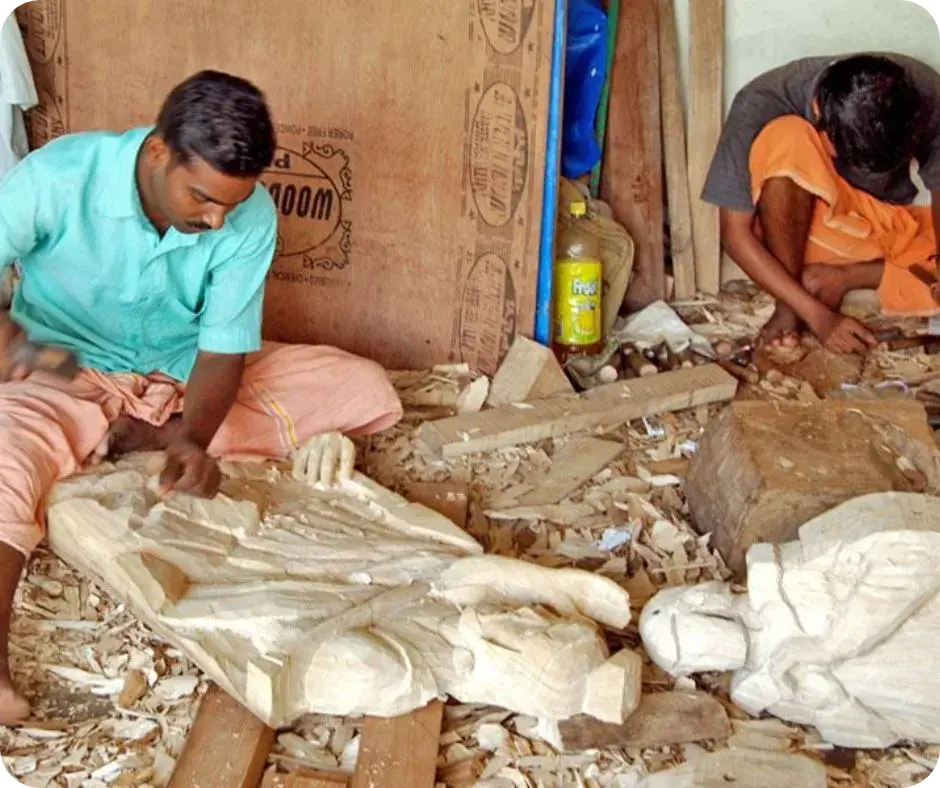
4. Surface finishing
Once finer details have been added, the sculptor is ready to smoothen the surface and give it a perfect finish. Tools such as rasps and rifflers are used to get a smooth surface. The finer polishing is obtained by rubbing the surface with sandpaper. If a textured surface is required, this step is skipped. Finally, to protect the statue from excessive dirt accumulation, the sculptor applies natural oils such as walnut or linseed oil all over it. This also brings a natural sheen to the statue.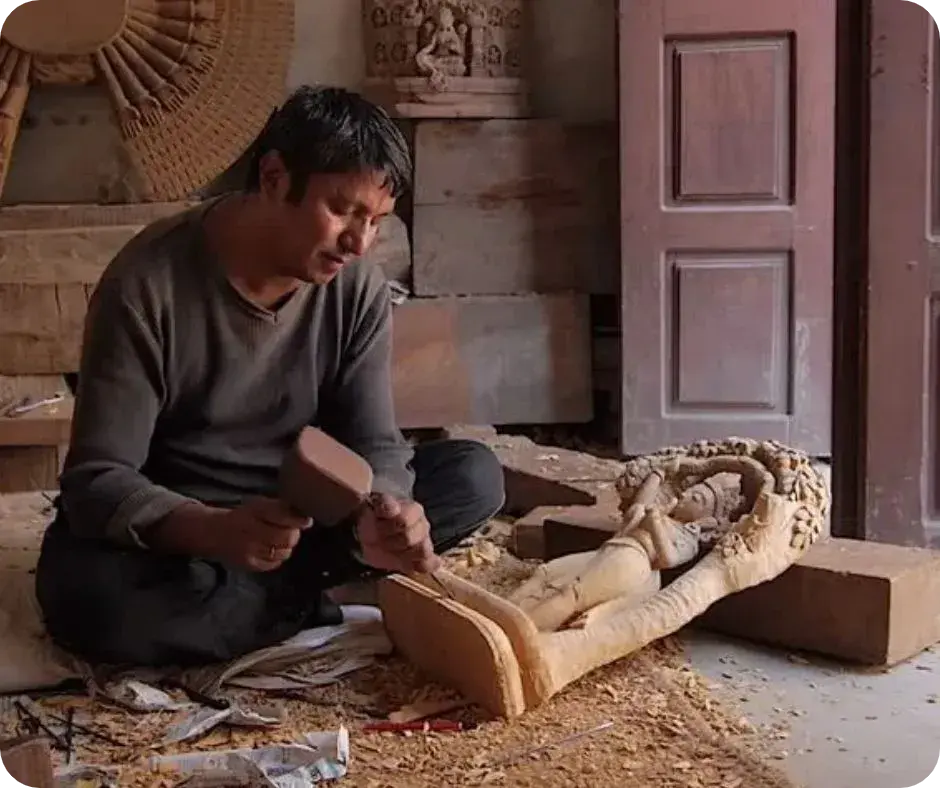
How to care for Wood Statues?
Wood is extensively used in sculpting especially in countries like China, Germany, and Japan. One feature that makes the wood extremely suitable for making statues and sculptures is that it is light and can take very fine detail. It is easier for artists to work with wood than with other materials such as metal or stone. Both hardwoods, as well as softwood, are used for making sculptures. Wood is mainly used for indoor sculptures because it is not as durable as stone. Changes in weather cause wooden sculptures to split or be attacked by insects or fungus. The principal woods for making sculptures and statues are cedar, pine, walnut, oak, and mahogany. The most common technique that sculptors use to make sculptures out of wood is carving with a chisel and a mallet. Since wooden statues are prone to damage, fire, and rot, they require proper care and maintenance.
- Wood tends to expand and contract even after it has been processed, thus it is always recommended to keep the wooden sculptures in rooms with little humidity. Excess moisture can harm your masterpiece.
- Periodical dusting of the finished piece is necessary to maintain its beauty as dust accumulation on the surface takes away the shine of the sculpture. You can use a clean and soft cloth or a hairbrush for this purpose.
- You must avoid applying any chemical-based solutions that may damage the wood from the inside. Instead, you can apply lemon oil or coconut oil using a cotton rag to the sculpture to bring out its natural shine. Lemon oil also helps to clean any stains on the sculpture.
- Applying a layer of beeswax protects the wood from sun damage and hides even the smallest imperfections on the wood.
It is extremely important to preserve and protect wooden sculptures with proper care. A little carelessness and negligence can lead to their decay, resulting in losing all their beauty and strength. Therefore, a regular clean-up of the sculptures is a must to prolong their age and to maintain their shine and luster.
